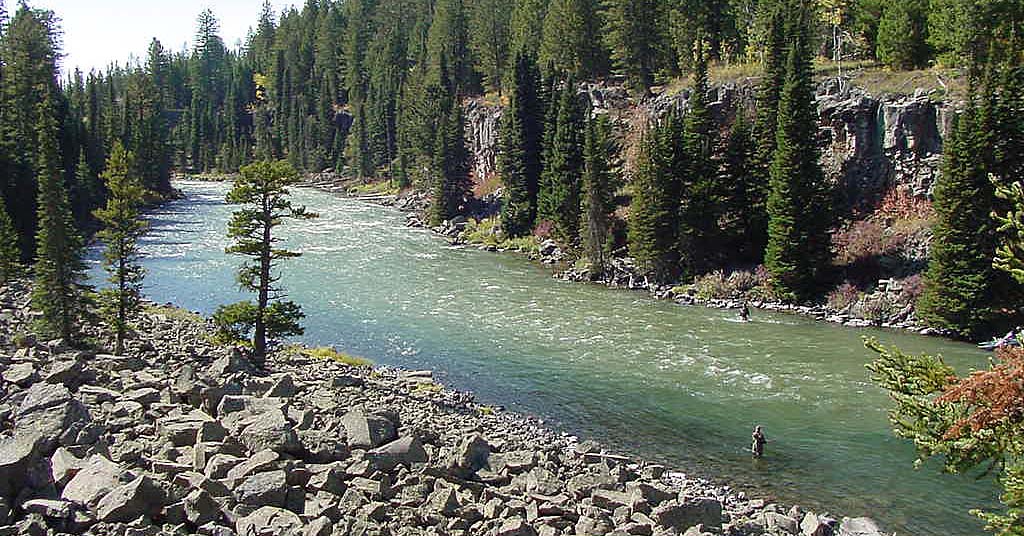By Kelsey Alsheimer. Mar. 24, 2014. In 1964, the Wilderness Act was signed into law, creating one of America’s greatest conservation achievements and paving the way to provide 109 million acres of unspoiled lands for future generations.
While the word ‘wilderness’ may describe any undeveloped, wild or remote land, the word is defined in specific terms by Congress. Only federal land determined to meet certain standards can become part of the National Wilderness Preservation System–from Wilderness.net:
- The land must be in natural condition: unnoticeable influence by humans.
- It must contain above average opportunities for unconfined recreation and solitude.
- It must be at least 5,000 acres of land.
- It must contain ‘ecological, geological, of other features of scientific, educational, scenic, or historical value.’
Securing areas with these qualities provides future generations with places of freedom, solitude and an escape from industrialized society.
While the Wilderness Act has preserved over 750 wilderness areas from Alaska to Florida, there are also benefits to preservation such as habitat for threatened species, clean air, protected watershed, and outstanding natural recreation.
2014 marks the 50th anniversary of this historic achievement in wilderness protection. Click the links: for more information about the Wilderness Act or The Wilderness Society.










